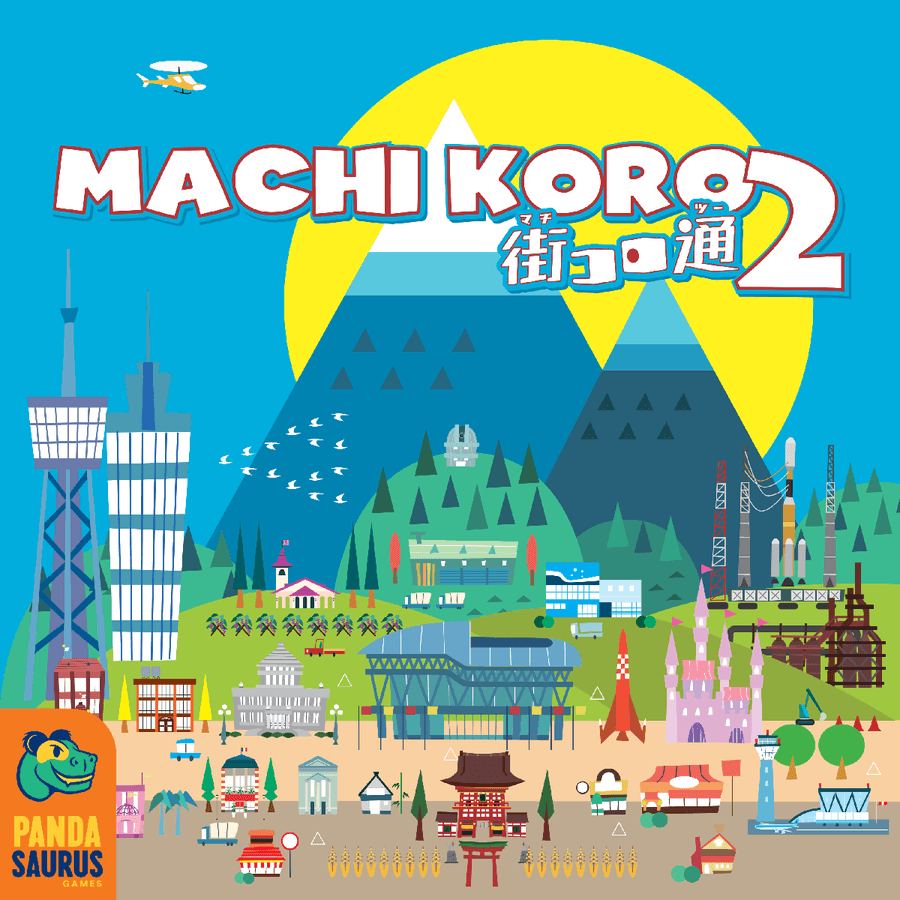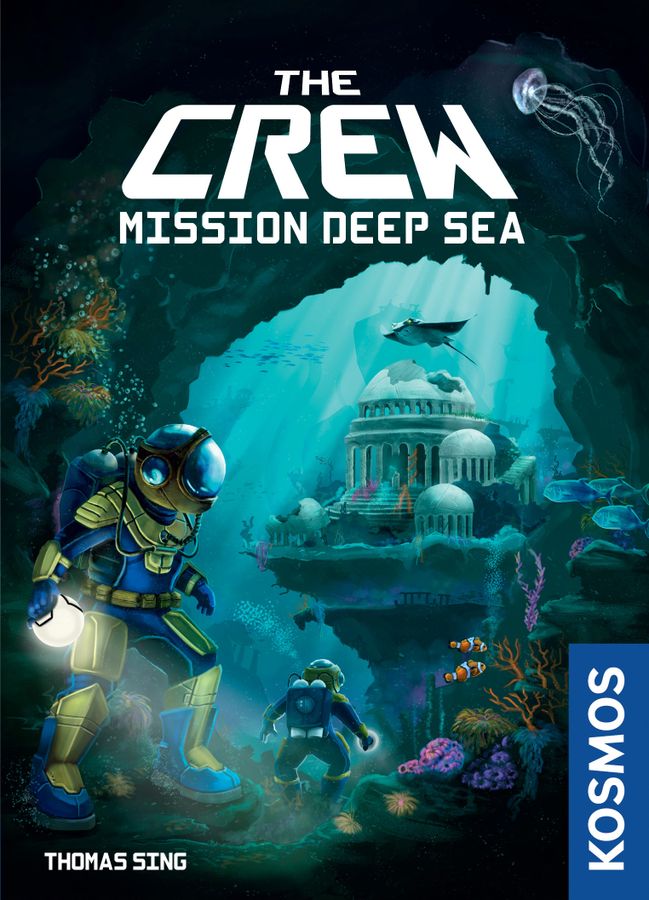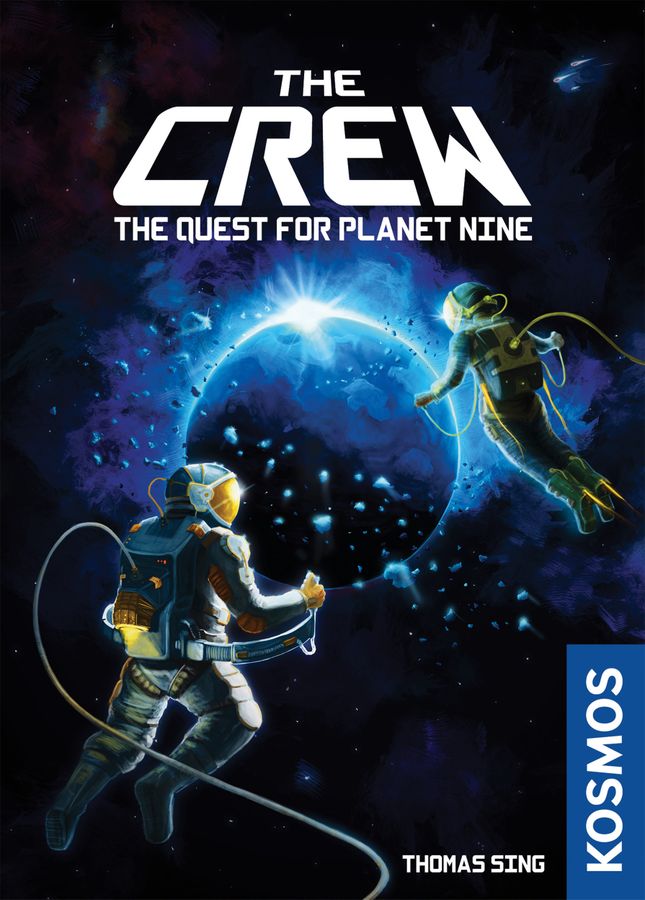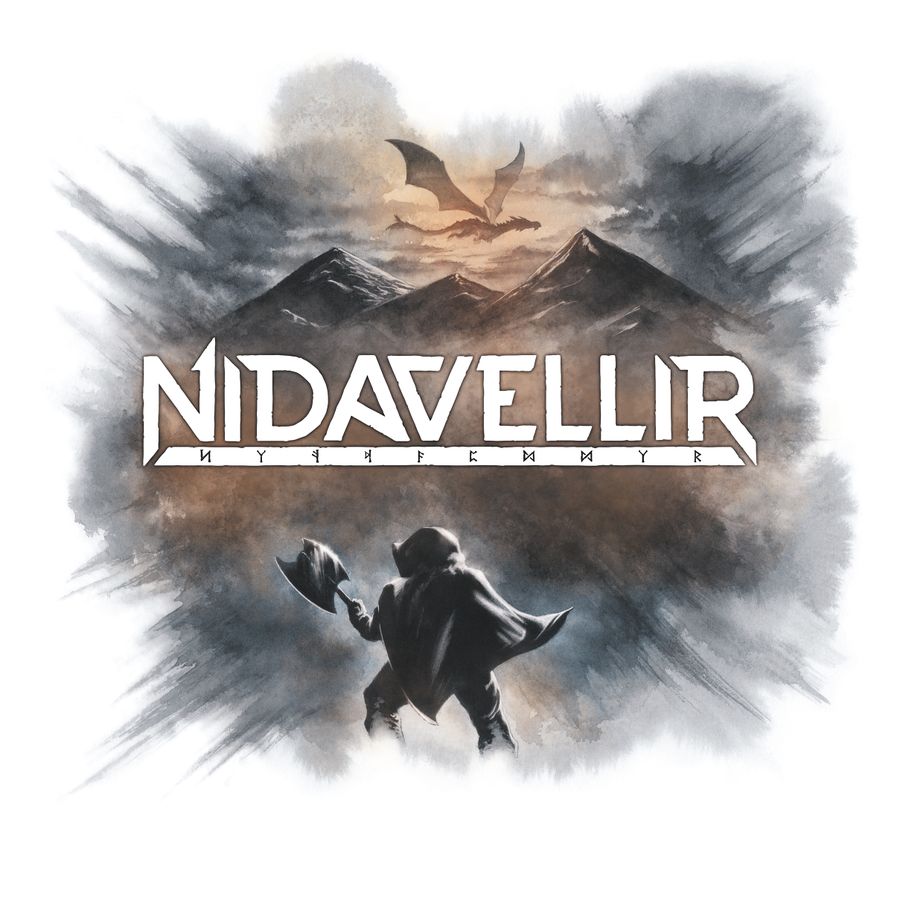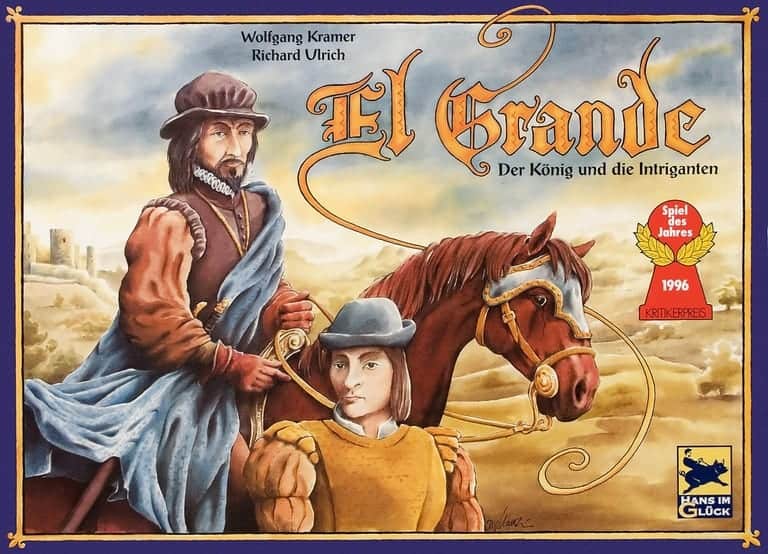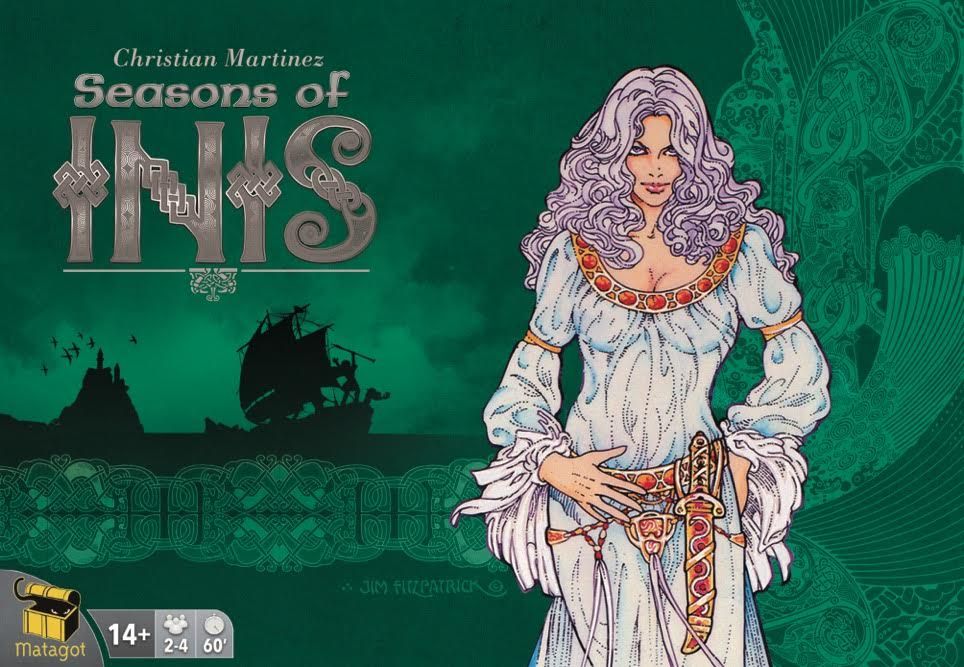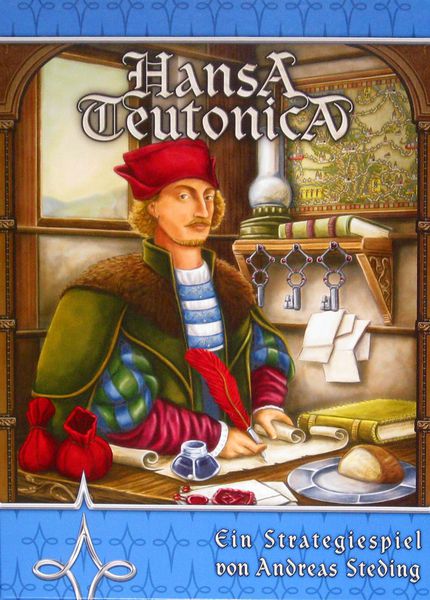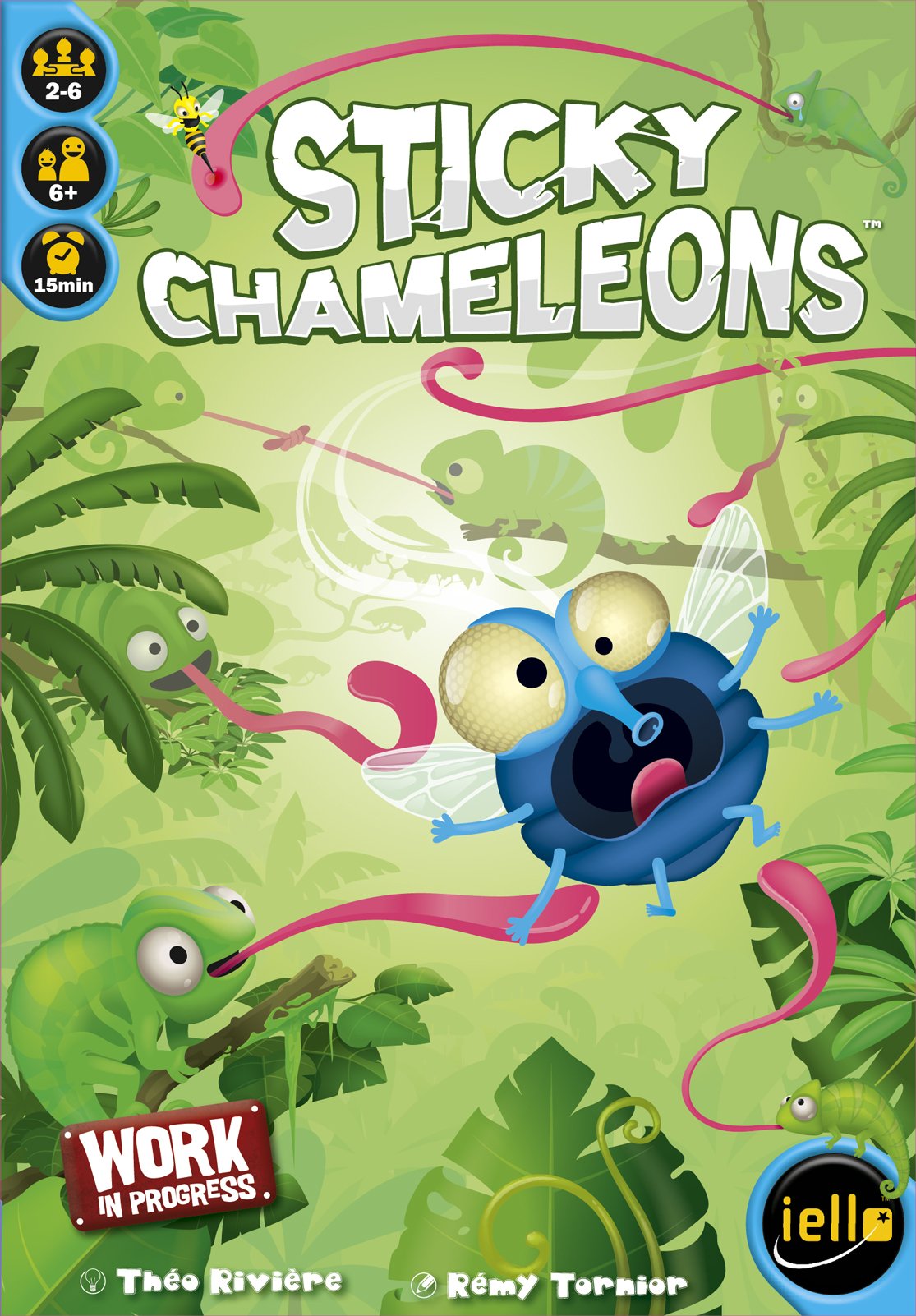Machi Koro 2
Your favorite lovably quirky city is back at it again! Welcome to Machi Koro 2, where new adventures await, but the bakeries and business centers still abound. In Machi Koro 2, veteran players will notice some big changes. Under the new zoning laws, players receive a limited budget to choose their own starting establishments. The … Read more
Read More
